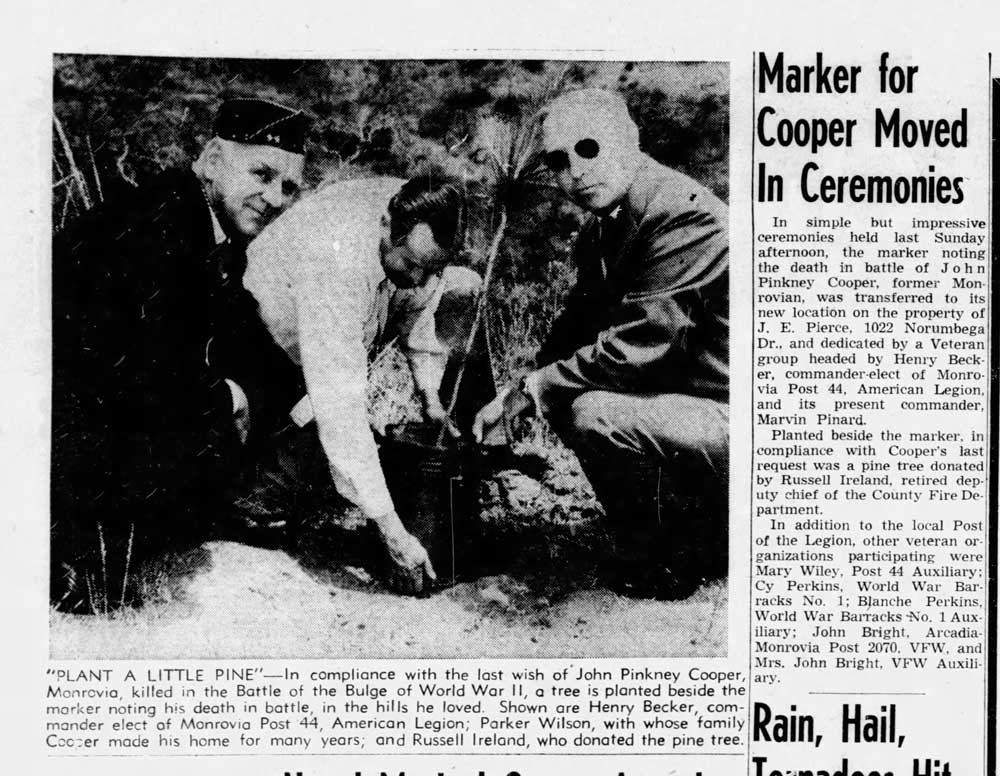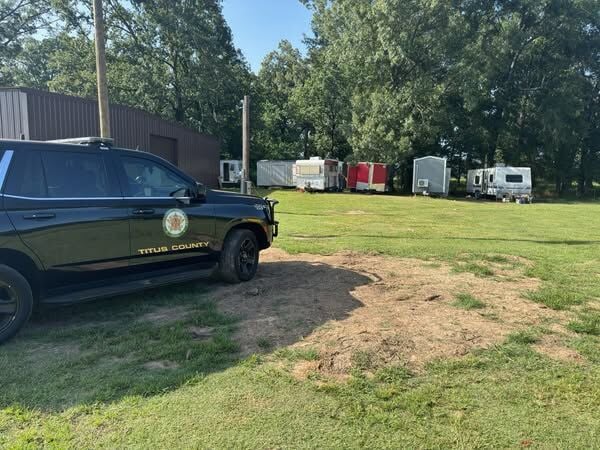Remains of East Texas soldier killed during WWII to be buried in Fort Smith, Arkansas
Published 10:20 am Wednesday, October 12, 2022

- Pvt. John P. Cooper 14.jfif
FORT KNOX, Ky. – Funeral services have been announced for an East Texas solider killed during World War II whose remains were identified earlier this summer, the U.S. Army Human Resources Command Public Affairs Office announced on Wednesday morning.
The remains of U.S. Army Pvt. John P. Cooper will be interred Oct. 21, at Fort Smith National Cemetery. Graveside services will be performed by Edwards Funeral Home before the interment.
A native of Athens, Cooper was assigned to Company B, 778th Tank Battalion, as a crew member of an M4 Sherman tank. His unit was engaged in battle with German forces at Pellingen, near Lampaden, Germany, March 7, 1945, when his tank was struck by an enemy shoulder-fired rocket. Witnesses saw Cooper escape the tank, but he was never seen or heard from again.
Though he was declared missing in action, the Germans never reported him as a prisoner of war. Having no evidence Cooper survived the fighting, the War Department issued a presumptive finding of death for him March 8, 1946. He was 37 years old.
Following the end of the war, the American Graves Registration Command conducted several investigations in the Pellingen area between 1946 and 1950 but was unable to recover or identify Cooper’s remains. He was declared non-recoverable in October 1951.
While studying unresolved American losses in the Lampaden area, a historian with the Defense POW/MIA Accounting Agency determined that one set of unidentified remains, designated X-562 Hamm, recovered near Steinbach, Germany, in 1945, possibly belonged to Cooper.
The remains, which had been buried in Luxembourg American Cemetery, an American Battle Monuments Commission site in Hamm, Luxembourg, were disinterred in July 2021 and sent to the DPAA laboratory at Offutt Air Force Base, Nebraska, for identification.
Cooper was accounted for by the DPAA June 21, after his remains were identified using circumstantial evidence as well as dental, anthropological, mitochondrial DNA and Y chromosome DNA analysis.
His name is recorded on the Walls of the Missing at Lorraine American Cemetery, an American Battle Monuments Commission site in St. Avold, France, along with others still missing from World War II. A rosette will be placed next to his name to indicate he has been accounted for.






